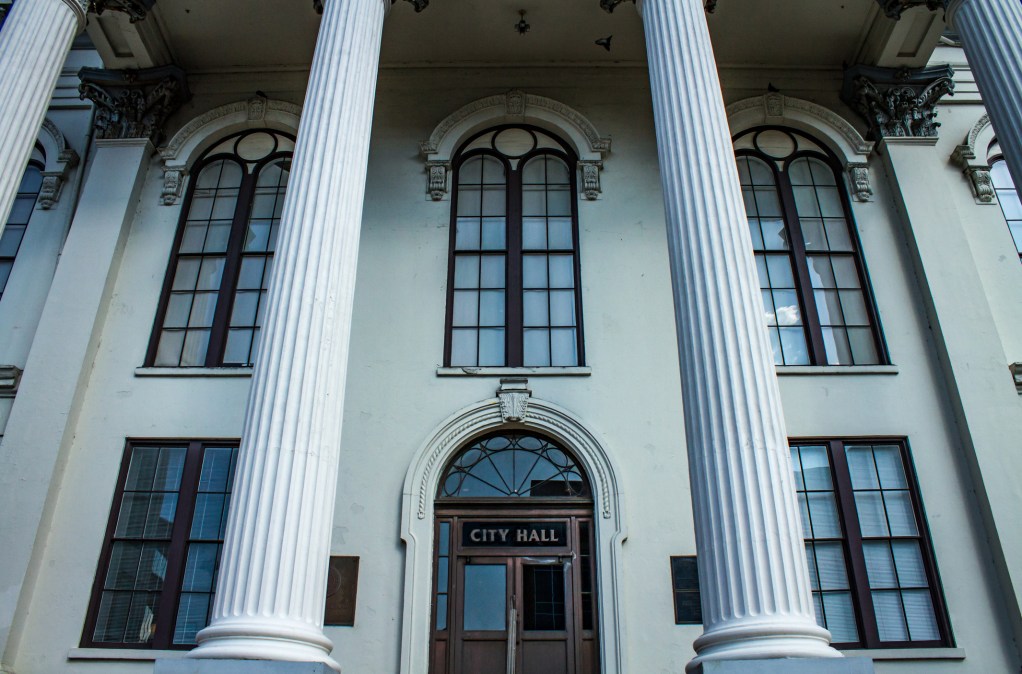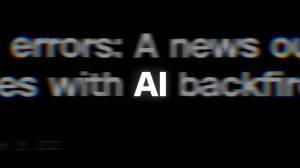11 things I learned working in local government, Part 2

For most of the last three years, I’ve had the privilege of launching and implementing the smart city program in Redlands, CA. Now I’m leaving local government for The Atlas Marketplace, where I will help proven urban innovations — the kinds we implemented in Redlands — reach more cities, faster.
This is part two of my list of 11 key things about smart cities I learned while I built one from the inside. You can find part one here .
7. Open data often isn’t actionable
Open data programs can drive real value for a community, but too often the information that gets published simply isn’t actionable. It doesn’t let people do anything or solve anything. Governments need to actively seek public input, not just push data outwards. Few citizens get any benefit from a spreadsheet (or worse, a scanned PDF) of property assessments or budget transactions.
Even attempts at interactive data infrequently solve concrete problems. It might be nice to know how often the Parks and Rec department cleans a bike trail, but this kind of data has zero impact on how I live my daily life.
I think we need to truly digitize government interactions. What if open datasets could be automatically pulled into permit applications, for example, in ways that actually saved developers time and effort? Alternatively, open datasets should be open to feedback such that community efforts to clean up data could be posted up along with the original set so that things get better over time à la Wikipedia.
8. Cities must own gov-tech sales meetings
In my work on Smart Redlands, I sat through perhaps 200 gov-tech sales pitches. At first, I let the company set the pace. But I quickly learned that while gov-tech companies know their products, they often don’t know government very well. And they rarely knew Redlands even a little. Now, I routinely ask sales reps to skip a slide (or a whole deck!), and talk about my special use case or show me more detail. Our mantra became, “Don’t pitch something up the management chain unless we’d personally be willing to buy the tech with our own money.”
Kip Harkness, deputy city manager for the City of San Jose, regularly pushes staff, partners and potential partners to ensure that every smart city and innovation effort lands in the middle of this Venn diagram . Flipping the typical sales dynamic around — where discussions center on how a company may help a city address a specific local problem — is good for everyone.
9. Learn from gov-tech failure stories …but not too much
Anyone who’s worked in government for five minutes has a war story about gov tech. There’s always that “one time” when something sounded too good to be true and then broke. As humans, we love company in our misery. Social science tells us that groups bond effectively around shared problems, and telling stories makes everyone feel connected. Working in a smart city program, I heard more than my share.
While it’s tempting to dismiss these failures as ancient history, there’s often valuable nuggets of information locked up in these stories that should be helping to inform future initiatives. Hear them out, but don’t read too much into them. Sometimes past failures are just that: past failures. You’ll only know if you listen and think about what applies to current efforts.
10. Cities aren’t broke
I’ve talked with a few VC funders who are convinced there’s no money in government. I don’t blame them. Budgets are probably the No. 1 complaint shared across local governments. Don’t believe a word of it. Governments spend plenty of money , much of it on technology. City governments are some of the largest purchasers in the economy. However, most of that funding is locked up in priorities established two decades ago . This makes it incredibly challenging to access money for innovation programs. Fortunately, there’s a trick to getting your smart cities project funded: save more money than you cost. If you can deliver new value more cost effectively than the old approach, you’ll make it really easy to get executive buy-in.
11. Be patient…
Government is slow. Sometimes because of politics, sometimes because of silos, sometimes because of bad processes. Whatever the reason, if you expect quick turnarounds on your tech initiative, you’re deluding yourself. Go in with patience top-of-mind. When government employees tell you they expect a response from their boss shortly, it probably means they’ll bring it up in a couple of weeks and get an answer a week after that. When they say they’ll get it right in front of council, it probably means at least two months. If a document is with the city attorney, don’t follow up next week expecting a result — it’s gonna be closer to four weeks if all goes well.
Looking ahead
The future is what we make it one day at a time. If we want smarter, safer, more sustainable cities, we have to do the hard work of solving issues as they come up, one step at a time. That’s the point of the smart city movement. Done right, urban innovation isn’t about tech for tech’s sake. It’s about people. It’s about making lives better for as many of them as we can. It’s with this goal — and with these lessons learned during my time in local government — that I’m enthusiastically switching to the private sector to help scale up proven urban innovations worldwide.






